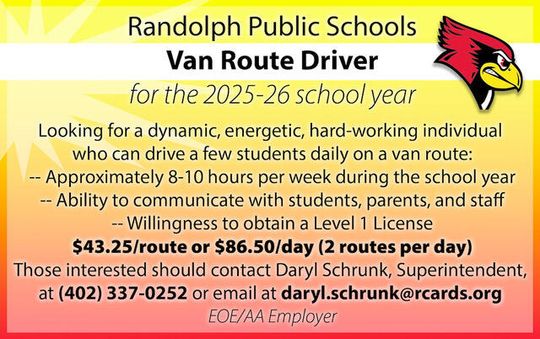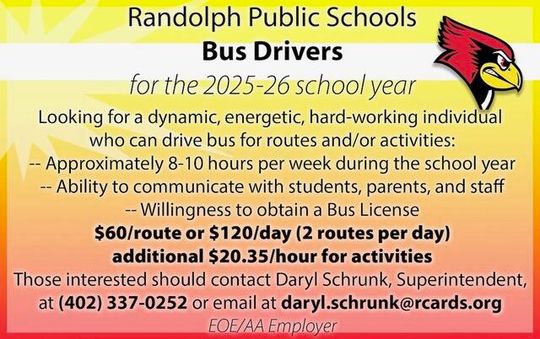Suicide. It’s personal. Sometimes it’s up close and personal. Often, it’s the 800-pound gorilla in the room.
Everyoneknowssomeonewhoknowssomeone who has been impacted. I’ve had one of those up close experiences and other exposure through the years. Think about it, you likely have too.
Recently released figures reveal a record number of people in the U.S. committed suicide in 2022. The 49,449 deaths reflect a 2.6% increase over the prior year, government data showed. Over half of all U.S. suicides in 2022 involved firearms, according to the figures from the Centers for Disease Control.
In the latest figures available for Nebraska, the state ranked 15th with 288 deaths.
“Nine in 10 Americans believe America is facing a mental health crisis. The new suicide death data reported by CDC illustrates why,” U.S. Health Secretary Xavier Becerra said. He added that many people still believe that asking for help is a sign of weakness.
The suicide rate in 2022 — 14.9 deaths for every 100,000 people — is 5% higher than the previous record high of 14.2 deaths for every 100,000 people from 2018. The suicide deaths rose from 48,183 in 2021, CDC said.
In case you missed it, here are some other suicide stats from the CDC. The trend saw a decrease among young people and an increase among older demographics. Suicide deaths for people aged 10 to 24 decreased by 8.4 percent, dropping to 6,529 in 2022 from 7,126 in 2021.
The trend reverses for other age groups. Suicide deaths for people aged 25-44 rose by 0.7 percent, from 16,724 in 2021 to 16,843 in 2022. Such deaths for people aged 45-64 rose by 6.6 percent, from 14,668 to 15,632 in 2022. For people 65 and older, suicide deaths rose by 8.1 percent, from 9,652 in 2021 to 10,433 in 2022.
So, what can we do? Well, there’s always the suicide prevention toll-free telephone number, a simple 9-8-8 which connects the caller with appropriate mental health professionals nearby. There’s also QPR - Suicide Prevention Training offered by the state’s Region Prevention Systems. If you are unsure about your region, look at https://talkheart2heart.org/ resources/qpr-training.
QPR training is an evidence-based training for people like you and me to help us learn how to prevent someone from taking their own life. It has already saved hundreds of lives.
Like life-saving CPR training that many of us have learned, though less intense and much shorter, in QPR ordinary people learn to ask the QUESTION about whether a person is considering suicide, PERSUADE the person that their death would be detrimental and then REFER them to a hotline or other professional help.
Despite the increase in such deaths, many say that the increase in resources and awareness of mental health issues gives some hope.
What’s really interesting about QPR is that you don’t have to be a mental health professional to use it. In fact, QPR is designed to train anyone how to offer hope and take action when they are concerned that someone may be at risk of suicide. The QPR approach has three steps: 1. Q = Question: If you believe someone is considering suicide, ask them directly “Are you thinking about suicide or wanting to kill yourself?” Don’t say “Do you want to hurt yourself?” as selfharm can be non-lethal and it’s not the same . Also remember that if you ask someone if they want to kill themselves, this does NOT drive them toward that action. That’s a myth that’s not accurate. Don’t be afraid to ask the question.
2. P = Persuade: Persuade the person to allow you to assist them in getting help right now. Say, “Will you go with me to get help?” or “Will you let me assist you to get help?” Another option can be to enlist their promise not to kill themselves until you’ve arranged help for them. If persuasion doesn’t work, call a local mental health center, crisis hotline or emergency services.
3. R = Refer: Refer the person to an appropriate resource for assistance. It’s ideal if you can personally escort them to see a health care professional. Next best would be to assist in making arrangements for help and getting their agreement to follow through on this plan.
So, what can you do to make a difference? Attend QPR training, especially if you believe you may encounter people who may consider suicide.
In this world that seems to have gone crazy – with indictments, investigations, name-calling and backbiting, not to mention pestilence and natural disasters, it’s something we can do to make a difference.
J.L.SchmidthasbeencoveringNebraska government and politics since 1979. He is a registered Independent.
J.L. Schmidt
.jpg)










